
World EV Day Special: Is the electric vehicle craze behind us?
3 months ago | 40 Views
A few days ago, Volvo decided to abandon its plans to become an EV-only brand by 2030, joining the likes of Mercedes-Benz in rejigging its long-term EV strategy. The Geely-owned Swedish carmaker is the most recent of the European incumbents to give their EV plans a once-over, with the presence of several ships full of top-notch, cost-effective Chinese EV at European shores forcing their hand. This is far from the only news suggestive of a slowdown in the EV movement. As of August 2024, EV sales in India declined by 10 per cent – the lowest it has been this year. Surprisingly, luxury EVs in India, expected to secure a higher market share than mass market EVs, saw a 14% decline in sales. Regardless of the order bank for luxury EVs, this statistic goes against conventional wisdom which suggests that EVs are toys for the rich.
In India, the EV segment has also received a beatdown by its fiercest rival – the self-charging hybrid – which, primarily through the sales of the Innova Hycross and the Grand Vitara Hybrid, is well on its way to surpass it in terms of overall market share.
All these facts point to a global shift in perception when it comes to EVs. EVs are no longer seen as mechanical messiahs, here to alleviate us from the woes of carbon emissions, given that in several markets, including India, the electricity powering the batteries is entirely coal generated. And with EV subsidies having been removed, the question whether India is going to meet its EV market penetration targets by 2030, now looms larger than ever. So what has caused this shift in the temperature towards EVs, both in India and the world?
Problems aplenty
For once, it would appear that the problems that ail the Indian EV market, are the ones affecting both American and European markets. Namely, higher purchasing costs, poor charging networks, long charging times and of course, rapid depreciation. While luxury carmakers like Mercedes-Benz have sought to address depreciation concerns with buy-back schemes, mass market EV owners aren’t sure how much their cars will be worth towards the end of the battery’s life cycle.
According to Atul Jairaj, a partner at Deloitte, more mass market OEMs need to offer buyback schemes. “This will build more confidence for consumers. In addition to a long battery warranty period, we need more buyback schemes" Given that EV batteries are a third of the overall cost of any EV, this poses a concern for several first adopters whose EVs offer considerably less range than the models that came soon after them.
But the issue isn’t just limited to mass market EVs. According to a survey conducted by McKinsey, the residual values of the top-10 best selling EVs in the US fell by an average of 28% last year. The effect of depreciation is harder to gauge in India where the bulk of the EVs and e-scooters are yet to reach the end of their first buyer ownership cycle.
Depreciation for EVs like the Tata Nexon may be dropping, but EVs continue to depreciate much faster than their ICE counterparts in India. With EV technology developing rapidly, this doesn’t instil much faith in present-day EV buyers, who not only do not benefit from subsidies like the first adopters, but also risk finding their battery tech outdated not too long for now. Jairaj states that, in addition to schemes and warranty periods, OEMs in India must work on minimising obsolescence. “There is anxiety regarding resale value and with good reason. Because with ICE powertrains consumers have precedence. Some manufacturers globally have been able to minimise the risk of obsolescence through OTA updates, an exclusive charging network etc – all of it builds the perception that it’s going to enjoy a good second life. It’ll be relevant. Brands have to be ahead of the market by managing their portfolio well. Battery prices will come down but resale value will also be determined by portfolio management"
The findings of McKinsey’s Mobility Consumer Pulse aren’t without irony – among the markets that continue to be bullish on EVs, European nations have thus far proved most enthusiastic. Followed closely by the single biggest flag-bearer of hybrid mobility – Japan.
Inconsistent policies
While FAME III is expected to be around the corner, top players like Mercedes-Benz India and others want some consistency in EV policy. According to Mercedes-Benz India MD Santosh Iyer “There has to be a roadmap. The government is to say that this will continue for 10 years. And with that the OEMs can make deep investments because if policy is to change every year OEMs will not be sure where to put in their money. Demand is factored on pricing."
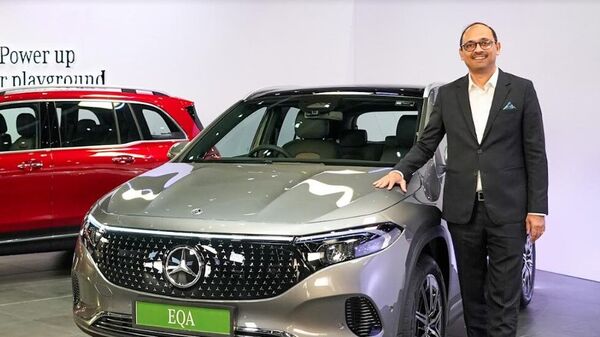
There’s also the question of charging infrastructure. Despite EVs having been a global presence for nearly two decades, public charging remains a concern across most EV markets. “Our research has shown us that the use case for short-range EVs will be higher. The overall sentiment for EVs in India is a positive one. The need for a new energy source is more stark than ever. But whereas earlier the projections for market penetration of BEVs were at 15-25% by 2035, we believe that, in the foreseeable future, hybrids will drive demand and will serve as a bridge between ICE and electric mobility"
The Forecast
It’s not all doom-and-gloom for EVs. While sales continue to grow, it’s the year-on-year growth rate that has hit a bump. But Jairaj believes the outlook for EVs is good. “The long-term outlook, at Deloitte, is quite positive. As many projections go, there will be troughs and crests that the entire journey will go through." However, Jairaj is, like most analysts, of the opinion that the future will not be all-electric. “We at Deloitte believe that a variety of powertrains will co-exist at the same time, because there will always be a very diverse set of requirements, when it comes to personal mobility. So biofuel, ethanol blends and synthetic fuels will all have their own growth curve. In the long term, all of these powertrains will co-exist, it’s just that the percentage will vary."
Read Also: Kia EV9 electric SUV teased ahead of launch. Check range and features expected
HOW DID YOU LIKE THIS ARTICLE? CHOOSE YOUR EMOTICON !


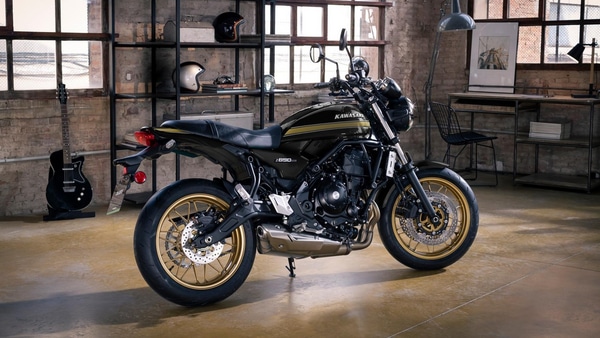
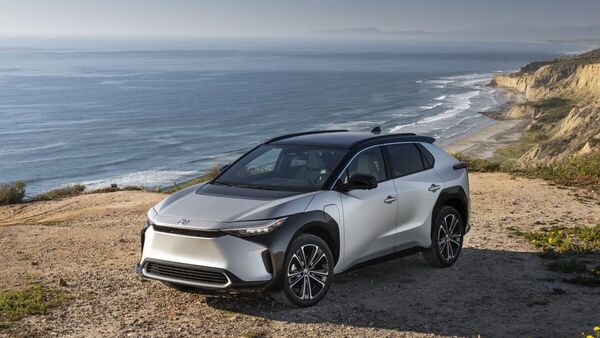
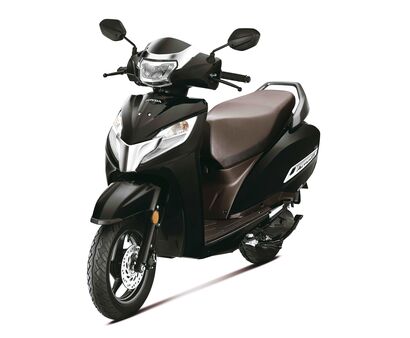
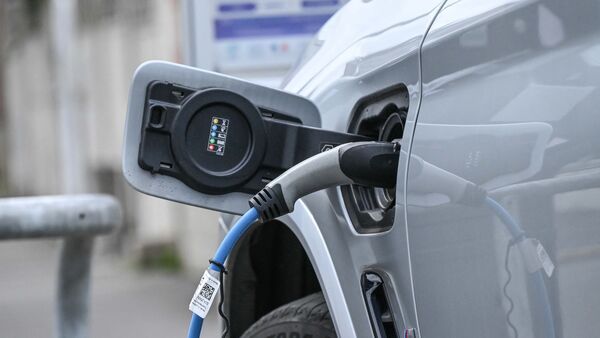
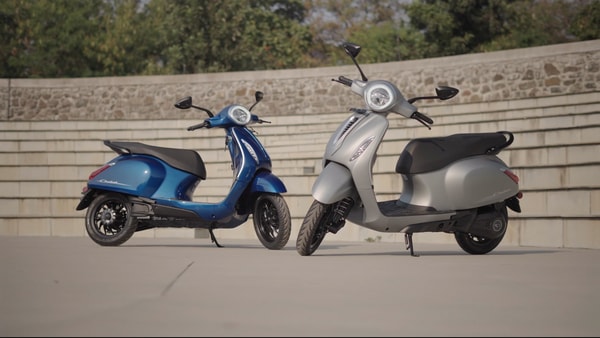







.webp)






